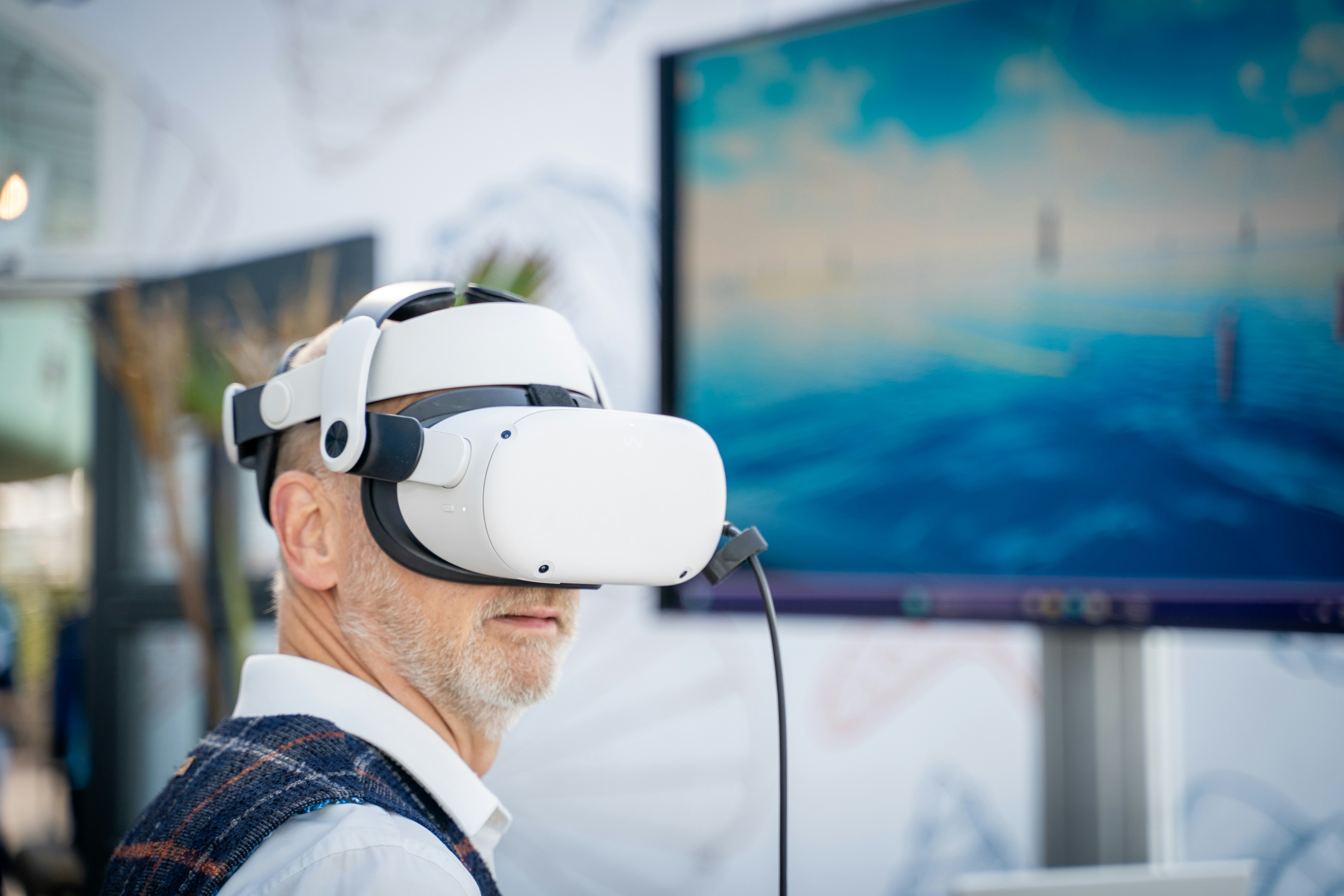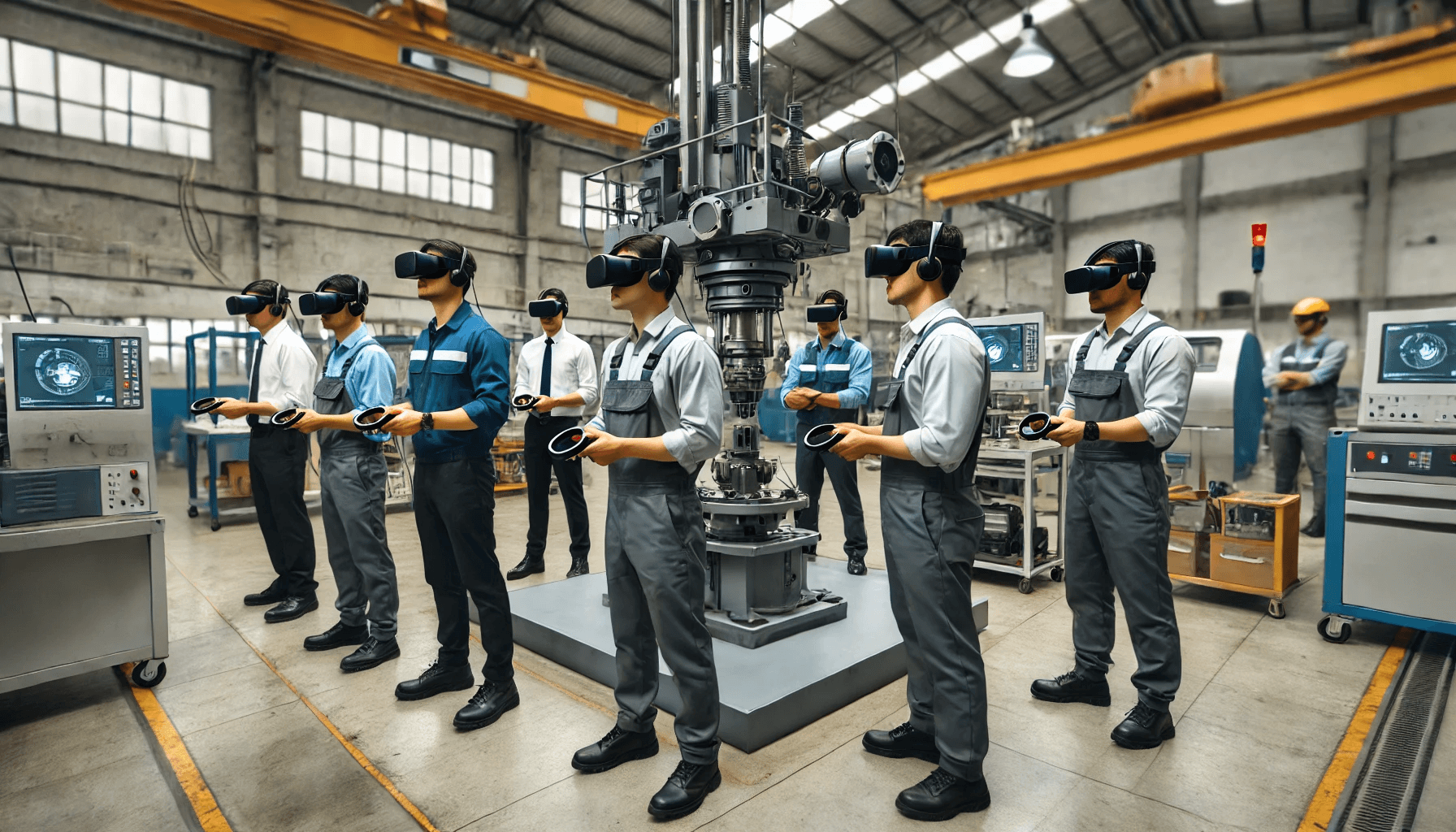Now an engaged workforce is a productive one.
The OSHA and ISO 45001 play a vital role in ensuring workplace safety across various industries. They set international standards for occupational health and safety management systems. By implementing these global benchmarks into VR training, organizations not only reflect the latest in safety management and achieve compliance but also cultivate a strong culture of safety that benefits everyone involved.
Best Practices for Implementing VR Training Aligned with Global Standards
1. Conduct Needs Assessments:
Before implementing VR training, assess the specific needs of your workforce. Identify the skills and knowledge gaps that VR training can address.
2. Global Compliance:
Design VR modules that adhere to international standards, making your training relevant for multinational organizations.
3. Collaborate with Subject Matter Experts:
Partner with professionals who have a solid understanding of OSHA and ISO standards. Their expertise will ensure that your VR training aligns with compliance regulations and industry best practices.
4. Stakeholder Engagement:
Also involve on-ground employees in developing the VR content to ensure it meets their needs and adheres to ISO principles, fostering a sense of ownership in the training process.
5. Incorporate Realistic Scenarios:
Design VR simulations that mirror real-life situations and feedback consequences employees might face. This realism increases the effectiveness of the training and enhances retention.
6. Measure Outcomes:
Regularly evaluate the effectiveness of your VR training programs. Conduct frequent user tests and collect feedback from participants/learners to identify areas for improvement and ensure the training meets its objectives.
7. Continuous Improvement:
Utilize data analytics from VR training sessions to pinpoint areas for enhancement, aligning with ISO's focus on continual improvement.
8. Stay Updated:
Regulations and standards are constantly evolving. Keep yourself informed about changes in OSHA and ISO guidelines to ensure your VR training remains compliant and relevant.
Laying the Groundwork for Certifications
VR is not the space for limiting our end-user's wonder and preparedness. Aligning VR training with OSHA and ISO standards prepares workers for valuable certifications recognized in the real-world market.
The real-world market could be a certified HEMM operator from Ultratech, a Certified Lancer from JSW, a Certified Chemical Handling expert from Tata Power, a Certified Tower Crane Operator from ABG and many more.
We create these platforms for our primary stakeholders, our industry workers to connect with the recognitions they choose to aspire to. That is why this is our Now!
Best Practices for Certification Readiness
Certification-Aligned Content: Ensure that training is relevant and practical, so develop VR modules and curriculums that cover the competencies required for industry certifications.
Assessment Integration:
Use VR to conduct practical exams, providing a realistic assessment environment that accurately reflects workplace challenges.
Accreditation Partnerships:
Collaborate with certifying bodies to ensure VR training meets all necessary criteria, paving the way for valid certifications.
These credentials not only enhance employee qualifications but also strengthen the organization's reputation for prioritizing safety. Ultimately, immersive, standards-aligned training experiences can boost worker satisfaction, confidence, and engagement, laying a solid foundation for success in blue and grey-collar industries.




